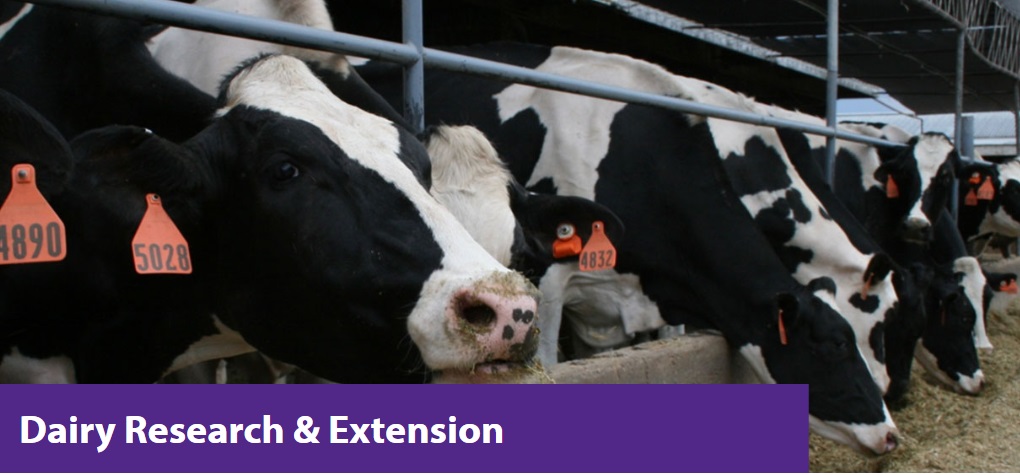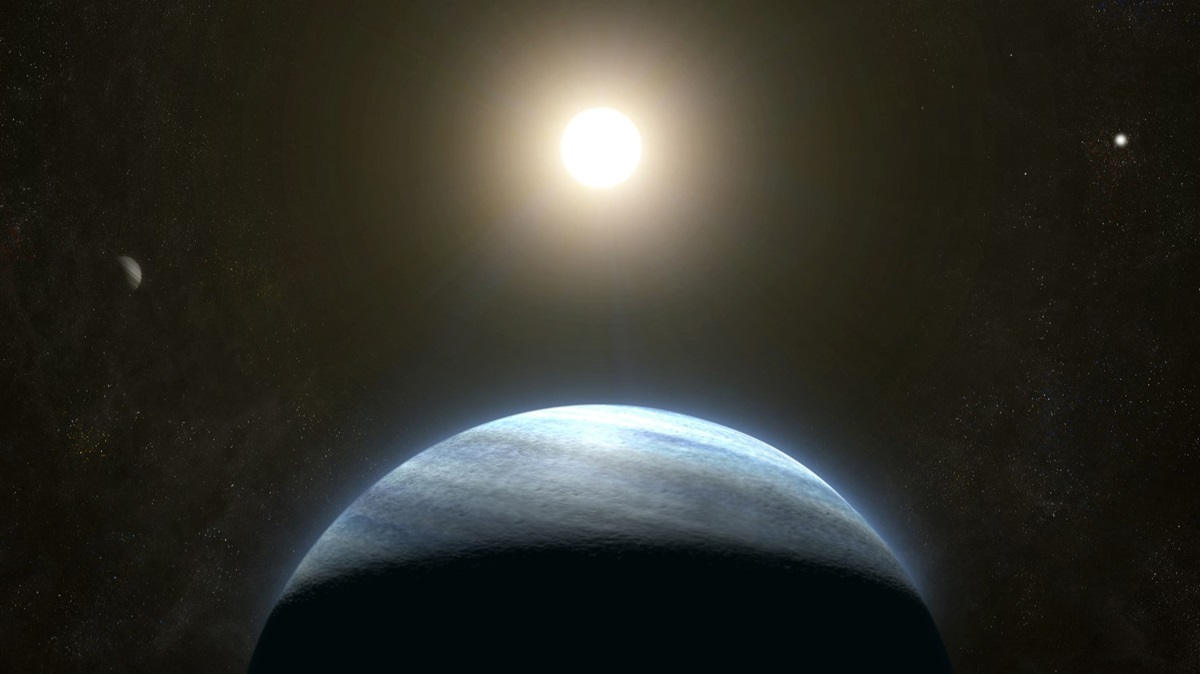
Kansas Dairy Industry Boosted with $36 Million for New Facility and Matching Funds Needed
The dairy industry in Kansas has been booming in recent years, and the state government is now investing $36 million to replace the aging Dairy Science Unit at Kansas State University. Senator J.R. Claeys of Salina announced the funding and bonding authority that has been allocated in the budget for this purpose. The ultimate goal of this initiative is to double the size of the dairy industry in Kansas, and to achieve this, matching funds from the industry will be required.
The current dairy facility at Kansas State University, although considered modern when it was built 47 years ago, is no longer equipped to effectively teach students or conduct research using outdated methods. Despite its importance, replacing the facility was not a priority for Kansas State University during the current legislative session. However, Senator Claeys, Representative Ken Rahjes, and the Dairy Farmers of America advocated for it without official university support.
Senator Claeys emphasized the significance of continually innovating within Kansas’ agriculture industry, which remains one of the top industries in the state. With a new cheese factory set to open in western Kansas and locally grown feed available, adding dairy to the state’s agriculture portfolio is seen as a more sensible option than shipping commodities out of state and then bringing them back in. This new facility at K-State will not only drive innovation within the dairy industry but also support various programs within the university such as large-animal veterinary programs.

